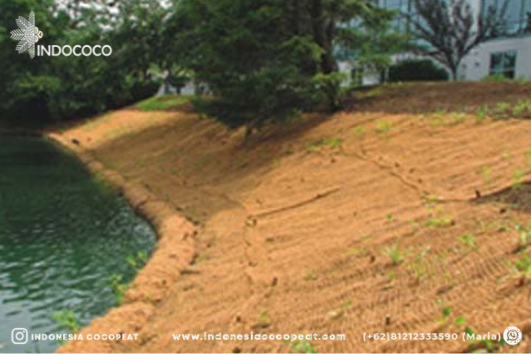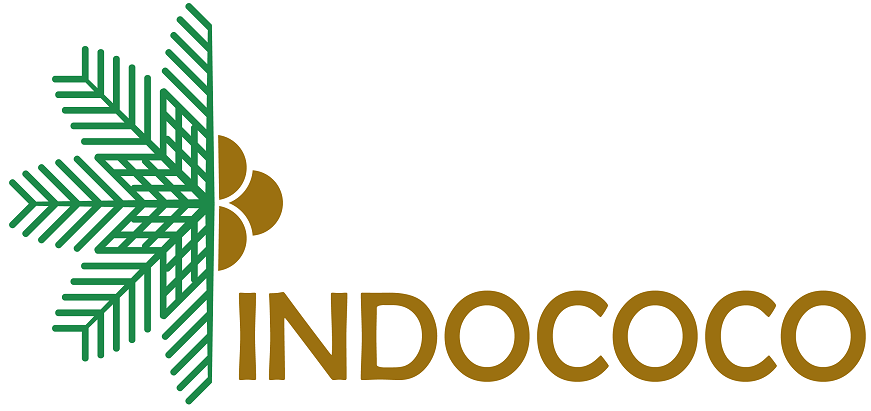
Coir logs, also known as coconut fiber logs or coconut coir rolls, are natural erosion control products that have gained popularity in recent years. These biodegradable logs offer an eco-friendly solution to prevent soil erosion in various landscapes, including riverbanks, shorelines, and construction sites. We will explore the benefits, applications, and installation methods of coir logs, highlighting their effectiveness in preserving soil stability and protecting the environment. Coir logs are cylindrical structures made from coconut coir fiber, a natural and renewable resource derived from the husk of coconuts. These logs are typically available in various lengths and diameters, depending on the specific erosion control needs. Coir fibers are densely packed inside a coir netting, forming a sturdy barrier against soil erosion.
Environmental Benefits of Coir Logs
Coir logs offer several environmental advantages over traditional erosion control methods. Firstly, they are 100% natural and biodegradable, eliminating the need for synthetic materials that can harm the ecosystem. Additionally, the production of coir logs utilizes a byproduct of the coconut industry, making them a sustainable and eco-friendly solution. Coir logs also provide a favorable environment for vegetation growth, as the fibers retain moisture and provide organic nutrients to support plant establishment. Coir logs find wide-ranging applications in erosion control projects. They are commonly used in riverbanks and shorelines to stabilize soil and prevent erosion caused by water currents. These logs are effective in reducing sediment runoff and promoting the growth of vegetation along the banks. Coir logs are also employed in construction sites to prevent soil erosion during excavation and earthmoving activities.

Installation Process of Coir Logs
The installation of coir logs is a relatively straightforward process. First, the area where erosion control is required is prepared by removing any debris or vegetation. The logs are then positioned along the slope or shoreline, overlapping each other to form a continuous barrier. They can be secured in place using stakes or anchors driven into the ground. Finally, the logs are covered with topsoil and revegetated with native plants for optimal erosion control. Coir logs require minimal maintenance once installed. Regular inspection is recommended to ensure that the logs remain intact and in their proper position. In case of any damage, repairs or replacements may be necessary. The longevity of coir logs varies depending on factors such as exposure to weather conditions and water flow velocity. Generally, they can last for several years, providing effective erosion control during this period.
Comparison with Other Erosion Control Methods
Coir logs offer several advantages over alternative erosion control methods. Compared to traditional methods like rock riprap or concrete structures, coir logs are more environmentally friendly, cost-effective, and easier to install. They provide a natural aesthetic appeal and allow for the establishment of vegetation, creating a harmonious blend with the surrounding environment. Coir logs are a sustainable and eco-friendly solution for erosion control in various landscapes. Their natural composition, ease of installation, and ability to support vegetation growth make them a popular choice among environmentalists, engineers, and landscapers. By using coir logs, we can effectively combat soil erosion while preserving the integrity of our natural habitats.
If you interest to know more information about coir logs and other coconut derivative products, you can visit our website, You can also click link WhatsApp here to connect directly with us.
